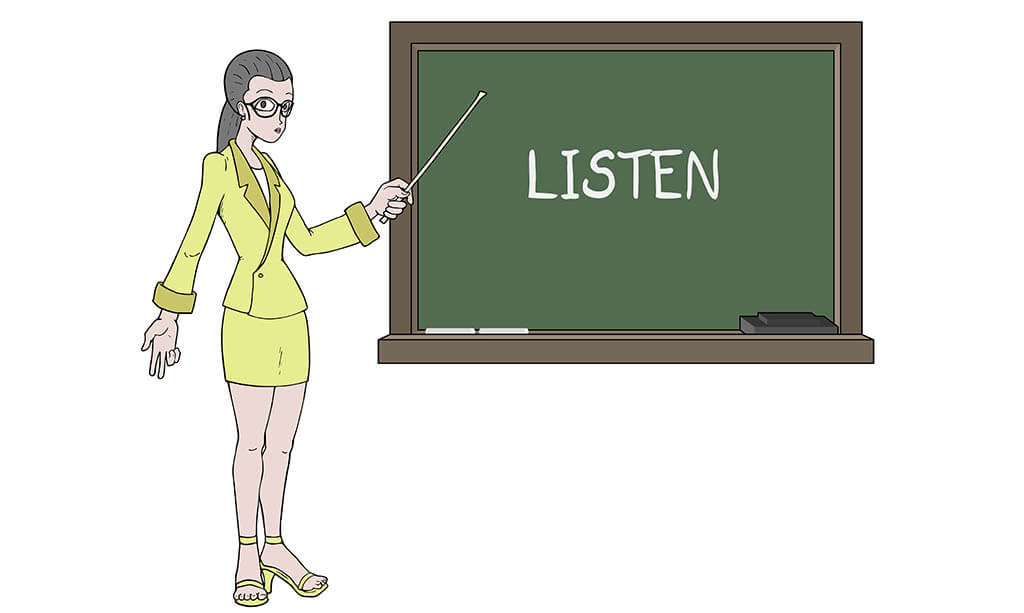The Zoom screen was uncomfortably quiet. Again.
The tutor had just finished explaining conditionals for the third time, asking her student to create examples. The response? A hesitant “I don’t know” followed by that familiar blank stare.
Sound familiar?
After years of teaching English to individual students, many private tutors think they have it figured out. Thorough explanations, structured exercises, clear progression. Sessions are well-planned and professional. Student progress? Not so much.
Then everything changes with one uncomfortable realization: Tutors are doing all the talking.
The 80/20 Problem in Private Lessons
Here’s a truth that hits like a brick: In most one-on-one ESL sessions, tutors speak 80% of the time while students—the ones who desperately need practice—get 20%. Tutors explain grammar rules for fifteen minutes, then give students five minutes to “apply” what they’ve learned. They model conversations, then wonder why students freeze up during real interactions.
Many tutors are teaching about English instead of teaching in English.
The Breakthrough That Changed Everything
Fed up with one-word answers and nervous silence, one experienced tutor tried something radical. She gave her student complete control.
Instead of explaining the past perfect tense again, she opened the session with a single sentence: “By the time I arrived at the party, everyone had already left.”
“Tell me what happened at this party,” she said. “Use your imagination. You have ten minutes to create the story.”
Silence? Initially, yes. But then something magical happened.
The student started talking. Hesitantly at first, then with growing confidence. She was creating, connecting, making the language her own in ways no textbook exercise ever could.
When she finished her story, the grammar explanation that followed was clearer and more memorable than any traditional lesson. Why? Because it came from her own creative work, not abstract rules.
The One-on-One Advantage
That breakthrough revealed something powerful: private lessons have a unique advantage that classrooms don’t. With no other students to hide behind, one-on-one learners must engage—but only if tutors create space for them to do so.
The Results Were Immediate
Within weeks, one-on-one sessions transformed:
- Student talking time jumped from 20% to 50%
- Hesitant learners became confident speakers
- Students started initiating conversations about their lives
- Text messages from students: “Can we have an extra session this week?”
The Uncomfortable Truth
This approach isn’t easier for tutors. It requires patience, comfort with silence, and the courage to let students struggle through their thoughts without jumping in to help every few seconds.
But here’s what private tutors discovered: Students don’t need perfect English to communicate meaningfully. They need confidence, genuine interest in what they’re saying, and practice using the English they already have.
In one-on-one lessons, the tutor’s job isn’t to fill every moment with instruction. It’s to create space where natural learning happens.





